There are solid reasons we hear about the significance of secure loving attachment. The research shows the importance of ‘turning toward’ a partner or family member, including being emotionally accessible, vulnerable, attuned, and connected to your loved ones. Bowlby’s attachment research has led to a kaleidoscope of other theories and research articles recognizing the power and potential of secure attachment. Consequentially, one must consider the gravity of interpersonal relationships.
Hallmark concepts such as Interpersonal Neurobiology created by Dan Siegel, Van Der Kolk’s trauma work, Emotionally Focused Therapy by Sue Johnson and Les Greenberg, Gottman and Gottman’s couple’s work, and more provide functional theories that assist in understanding and healing interpersonal relationships or attachment injuries. So, how do we cultivate this elusive secure attachment?
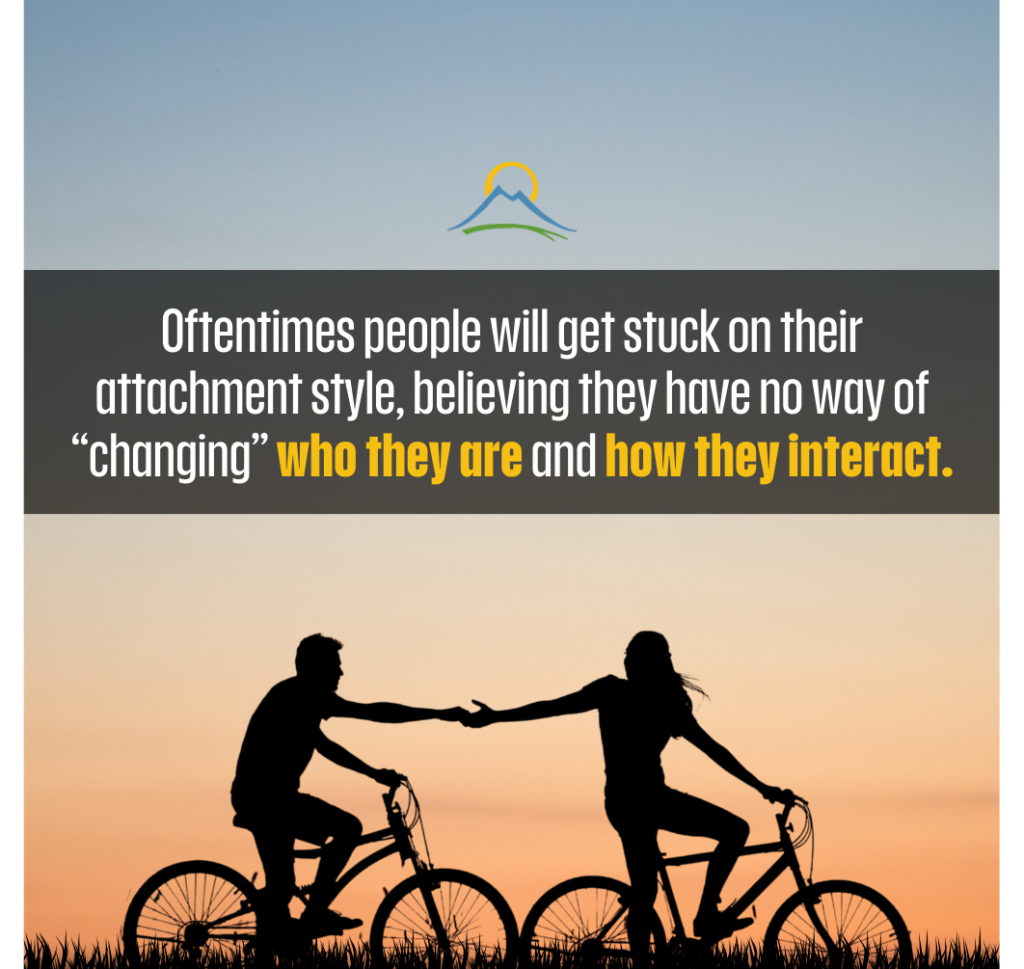
Development, Attachment, and the Brain
As we develop, we gather mental records of how we have attained closeness and comfort with attachment figures, including parents, friends, and romantic partners (Simpson & Rholes, 2017). This then gives us a ‘working model,’ or a blueprint that creates what we expect in future or current relationships. This includes a model of attachment figures and their responsiveness to our bids for connection, and a model of the self that includes how we get comfort and connection from said attachment figure (Simpson & Rholes, 2017).
Oftentimes people will get stuck on their attachment style, believing they have no way of “changing” who they are and how they interact, the roles they play in relationships, their identity, and stories they tell themselves such as “I pull away because it’s just who I am,” or, “everyone leaves me so why try?”
Luckily, we have a beautiful understanding of the brain that provides hope. Neuroplasticity is the basic concept that the brain consistently makes new synaptic connections throughout the process of learning (Housman, 2020). This informs us that our attachment style and sense of security are never fixed. Over time, we may lay new patterns that lead to new ways of connecting with others.
Attachment Styles and Change
Can we change our attachment styles? This question is multi-layered and relies upon an individual’s fundamental beliefs about the nature of close relationships (Hudson, Chopik, & Briley, 2020). There are many ways of viewing human relationships, but each person’s understanding of them goes all the way down to their specific conscious lens. Consider trauma, an important factor when it comes to human attachment. If something traumatic happens in one’s relationships repeatedly over time, neural pathways are created in the brain and deepen, becoming a part of our belief system (Reese, 2021). It is the same for whatever sort of consistent treatment or way of relating you have had in your lifetime.
Nurturing Secure Attachment in the Self and Others

Secure attachment requires an emotional connection to another person, and always begins with vulnerability and the recognition of emotions in another person. This requires that we have awareness of our own individual emotional experience (Reese, 2021). Individuals who practice emotional regulation and have high emotional stability are reported to have higher relationship quality (Gambrel et al., 2016). If we desire to foster this closeness, we must be willing to look both inward and outward with acceptance and nonjudgmental curiosity.
How a Therapist can help
In therapy, the therapist provides a safe environment where a couple or family can begin to uncover the complicated struggles that hinder closeness (Marmarosh, 2014). A few ways that we can shift toward secure attachment with our partners or family members include healing past attachment injuries, founding new empathetic attunement, becoming responsive to bids for connection, identifying emotions or inner experiences and allowing them to be explored, creating new bonding moments, reframing our patterns of interacting as the problem rather than the problem being inherently us, and allowing for safe, free-flowing communication.
Reach Out for Support
Whatever this looks like for you, there is hope. Facilitating new emotional experiences that lay down new ways of relating can help heal attachment injuries and provide the changes you and your partner, partners, or family desire. If you or a loved one are encountering struggles, therapy can help. Reach out for support at [email protected].
References
- Gambrel, L., Faas, C., Kaestle, C., & Savla, J. (2016). Interpersonal Neurobiology and Couple Relationship Quality: A Longitudinal Model. Contemporary Family Therapy: An International Journal, 38(3), 272–283. https://doi.org/10.1007/s10591-016-9381-y
- Housman H. (2020). Exploring Neuroplasticity in the Classroom: Teaching Cortical Reorganization in the Visual System with a Stroke Patient Study. Journal of undergraduate neuroscience education: JUNE: a publication of FUN, Faculty for Undergraduate Neuroscience, 19(1), R15–R18.
- Hudson, N. W., Chopik, W. J., & Briley, D. A. (2020). Volitional Change in Adult Attachment: Can People Who Want to Become Less Anxious and Avoidant Move Closer towards Realizing those Goals? European Journal of Personality, 34(1), 93–114. https://doi-org.library.capella.edu/10.1002/per.2226
- Marmarosh, C. L. (2014). Fostering new relational experience: Clinical process in couple psychotherapy. Psychotherapy, 51(1), 1–6. https://doi.org/10.1037/a0032710
- Reese, C. (2021). Trauma and attachment: Over 150 attachment-based interventions to heal trauma. PESI. https://ebookcentral-proquest-com.library.capella.edu/lib/capella/detail.action?docID=6741022.
- Simpson, J. A., & Steven Rholes, W. (2017). Adult Attachment, Stress, and Romantic Relationships. Current opinion in psychology, 13, 19–24. https://doi.org/10.1016/j.copsyc.2016.04.006
- Wiebe, S. A., Johnson, S. M., Lafontaine, M., Burgess Moser, M., Dalgleish, T. L., & Tasca, G. A. (2017). Two-Year Follow-up Outcomes in Emotionally Focused Couple Therapy: An Investigation of Relationship Satisfaction and Attachment Trajectories. Journal of Marital & Family Therapy, 43(2), 227–244. https://doi.org/10.1111/jmft.12206

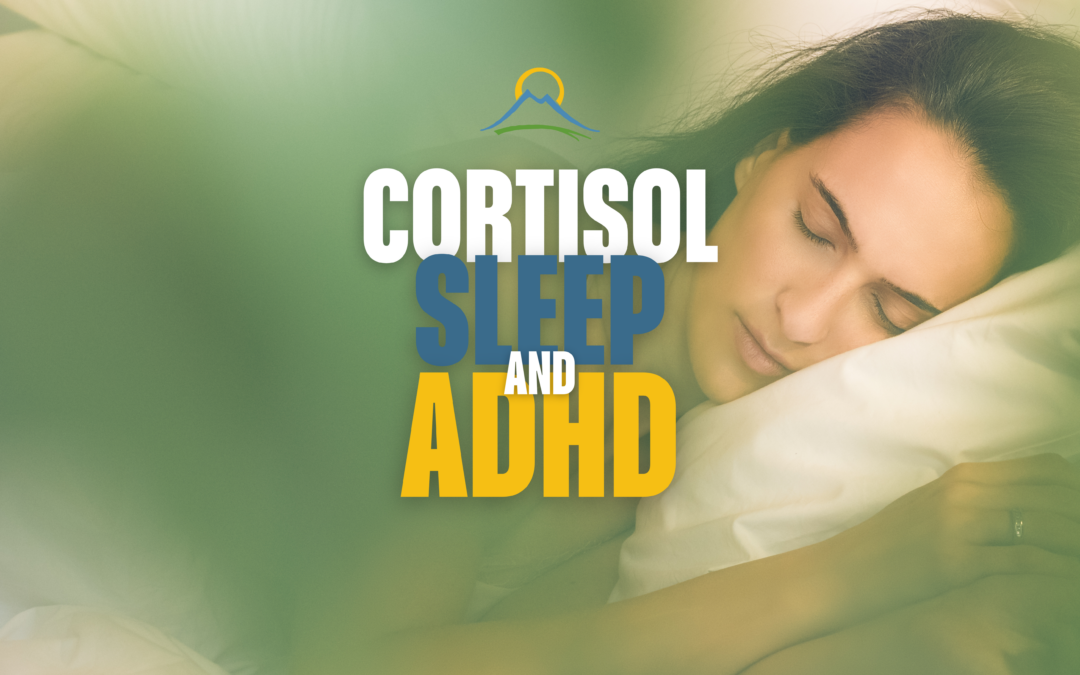
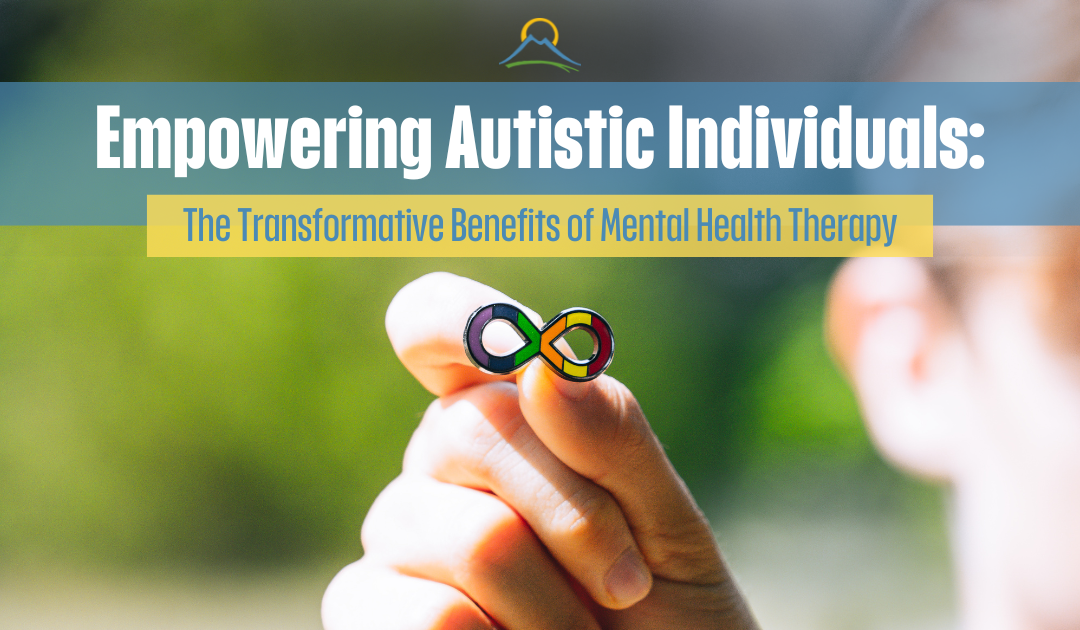


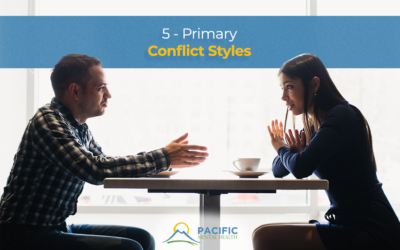
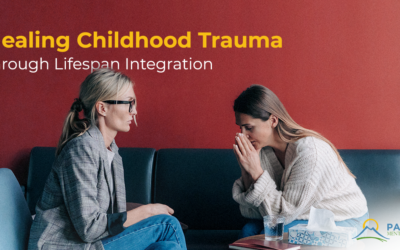

0 Comments